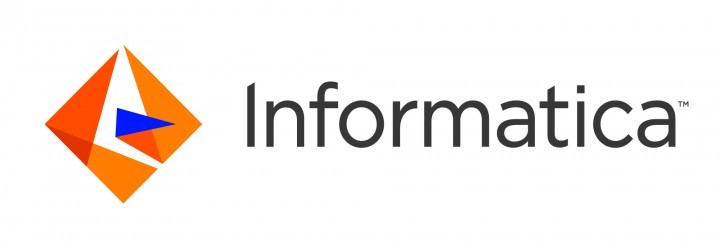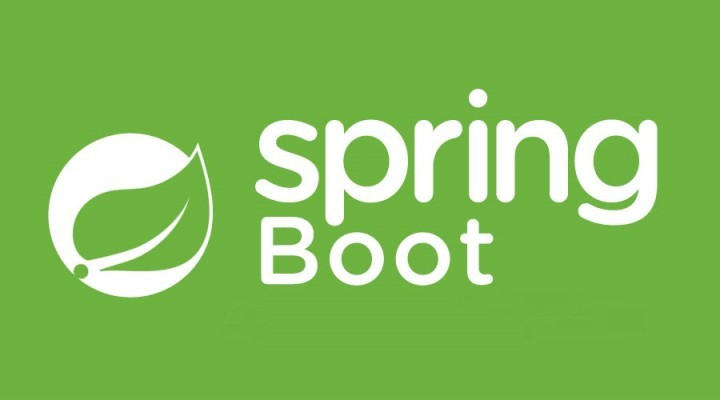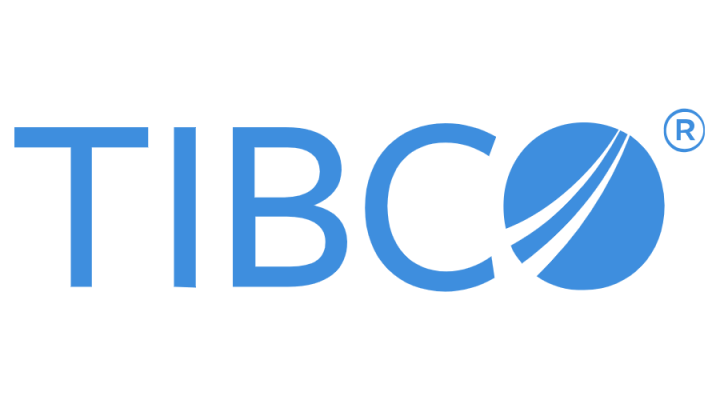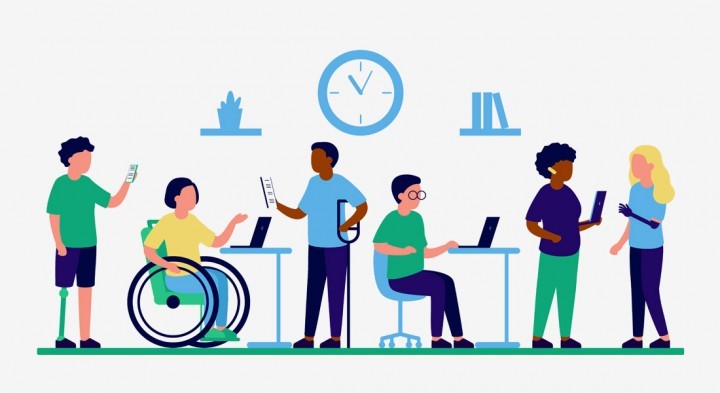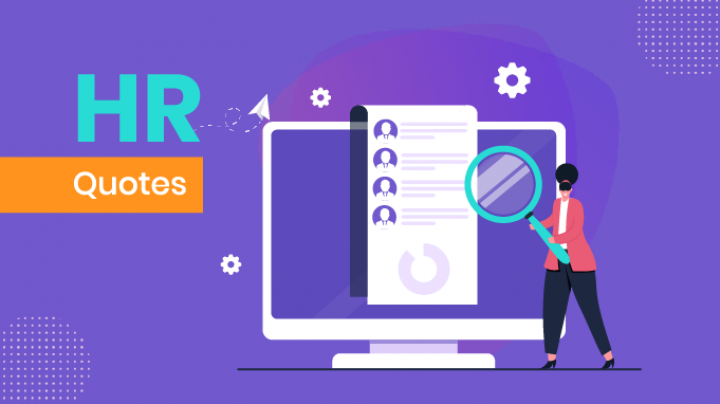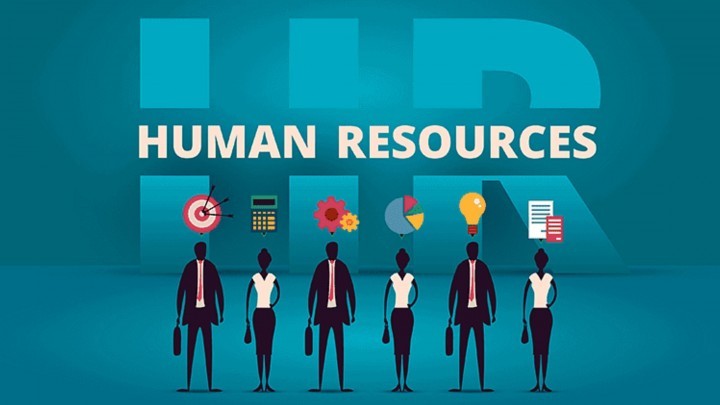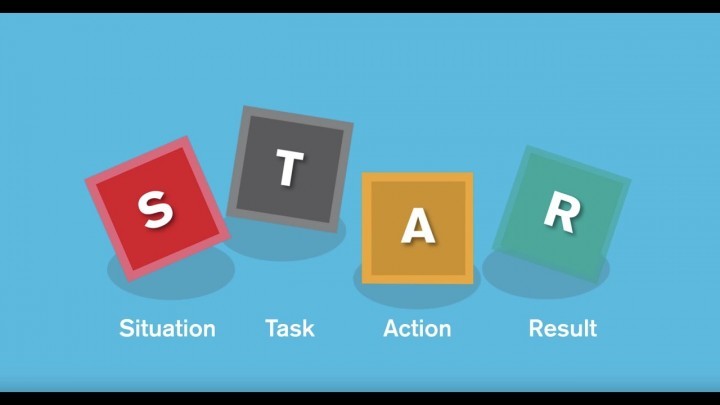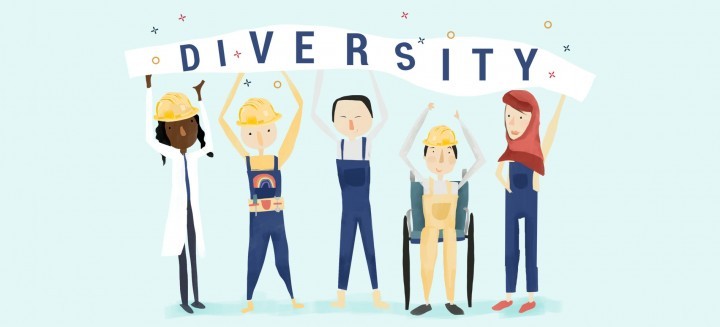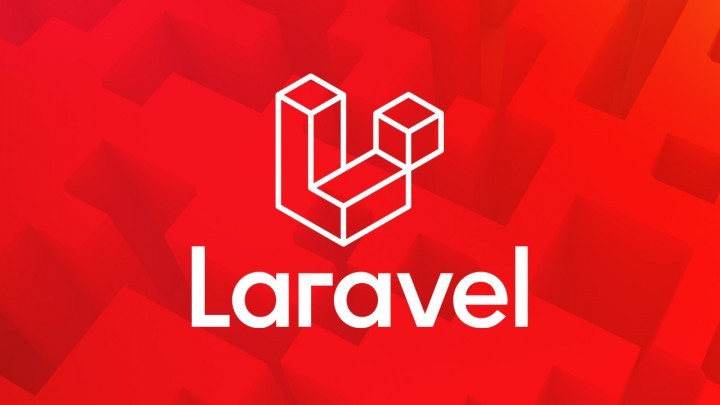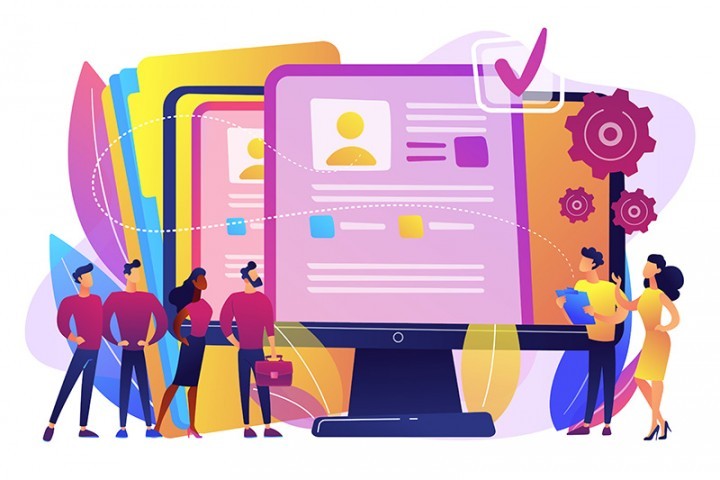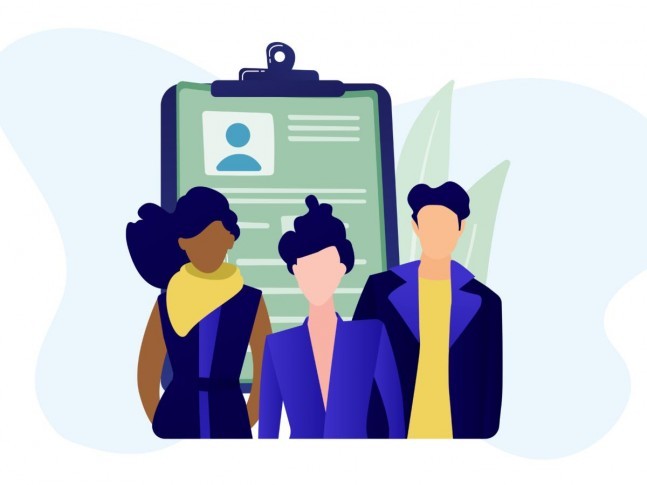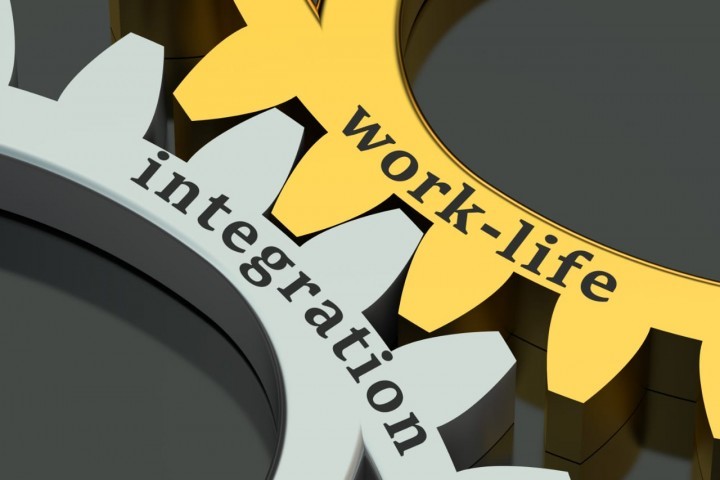
Employee Orientation Vs Employee Onboarding: Know the differences
When a new employee joins, that employee should be welcomed properly to the company as it may be overwhelming for them on their first day of work in the new environment. Welcoming a new employee is a crucial yet an essential step to make them comfortable in the new environment. They might feel confused as they will have little idea of their new work environment. The new employees don't know where to start or whom to be approached. To avoid such a situation, an HR manager needs to make them feel comfortable in the workplace.
So, how to handle such situations or what processes are to be implemented in an organisation to handle this? This is where onboarding and orientation come into place. These two forms an integral part of the talent management process.
Employee orientation and onboarding are often used interchangeably by many people, even some within human resources. However, the two concepts are different from each other, but both are extremely valuable when it comes to retaining your newest hire. They are different sets of tasks with somewhat similar objectives. The goal of both activities is to complete everything required for bringing a new employee onto the staff. But of course, there is a lot that goes into welcoming a new addition to your team.
Let’s take a closer look at how onboarding and orientation have a huge impact on employee engagement.
Employee Orientation
A warm and positive welcome of a newly joined employee is not just a good start for them, but it also ensures that they work for the company with energy, enthusiasm, loyalty and commitment for a long term. The company holds an orientation programme in order to inform the newly joined about the company’s fundamental details, about its mission, vision, objectives, policies, etc.
Orientation is something that is usually conducted over a fixed amount of time. It is commonly held on an employee’s first day of work and is often held with the other new hires starting on that same day, sometimes taking place at the beginning of each week for a big entity. This can be a brief event or may last up to a week depending on the company policies. It focuses on what role a new employee will play in the company.
Orientation is easy to carry out because the process is exactly the same for every new hire who joins the organization. It is mostly a conference-style event bringing together recruits and explaining to them the main objectives of the company and information is being delivered through presentations and Q&A sessions.
Here’s a full checklist of few points that you need to accomplish during orientation:
- Overview of your company’s mission, vision and values
- Completing mandatory employee paperwork after recruitment.
- Answering any questions, the new employees have about the company and within their scope of job.
- Making new employees understand their job responsibilities and expectations.
- Discussion about benefit plans and enrolment instructions
- Review of safety, health, security and any other critical policies being followed by the company
- Review of administrative procedures
- Distribution of company-issued materials and equipment, such as parking tags, building key cards and laptops
- Guided tour of the workplace
- Required general training for all employees on topics such as the code of business conduct and ethical business practices
- Circulation of key organizational contacts, such as a designated HR representative or IT
- Building strong relationships with colleagues and co-workers. This will help the recruits work more efficiently.
Employee Onboarding
Onboarding typically starts well before your new hire’s first day. Onboarding should be thought of as more strategic, and it begins the minute an employee has verbally accepted their offer. It involves truly integrating an employee within an organization.
Onboarding uses various tactics like a formal meeting, printed materials, video conferences, lectures, and so forth. It tends to communicate the brand and values, professional culture, orient the expectation and performance, describe your target audience, etc.
Onboarding needs to be applied differently for every new hire. Each employee not only has unique objectives and responsibilities. They also have different questions floating around their head and varying levels of comfort in their new work environment. Onboarding can take several months, and sometimes it may get extended up to a whole year depending upon the nature of that employees’ job.
Following are the major advantages of conducting employee onboarding process:
- It helps the new employee settle in their new workplace.
- Increase the productivity of an employee for better results.
- The employees get more time to understand their work and their objectives.
- It is mainly focused on a particular individual rather than all the recruits.
- At the end of the onboarding process, recruits are ready to contribute to the company's cause.
Employee orientation vs. employee onboarding
Orientation means to introduce and guide the new employee, so as to help him/her in adjusting to the new environment, workplace, activity, and so on. On the flip side, onboarding can be defined as the strategic process which helps the new employees in gathering the essential skills, attitude, knowledge, behaviour and expertise, to become a committed and competent member or insider of the firm.
The differences between orientation and onboarding can be drawn clearly on the following grounds:
|
|
Orientation |
Onboarding |
|
Area of focus |
Role in the company |
Role in the department or a team |
|
Lasts up to |
One or Several days |
One to three months or sometimes a year |
|
Executing setup |
A conference room |
On the job |
|
Content |
Big picture |
Individualised |
|
Expected outcome |
Ready for training |
Active contributing |
|
Communication |
One-way |
Two-way |
|
Objective |
Employees get familiar with the company’s vision, mission and other policies |
Employees gain clarity about their role; they feel integrated within their team and empowered for success |
It has been observed that a well-planned orientation and onboarding helps the incumbent in knowing their role and responsibility; and adjusting to the work environment effectively. Orientation combined with onboarding helps the organization seamlessly bring on a new employee while providing them with a positive experience. A well-organized orientation and onboarding process helps you to foster employee engagement so that you can take the best out of your new recruits.
HRavailable keeps you updated on the latest news in the job market.
Get notified about the latest job openings through HRavailable and never miss a chance to get noticed by the recruiters.




